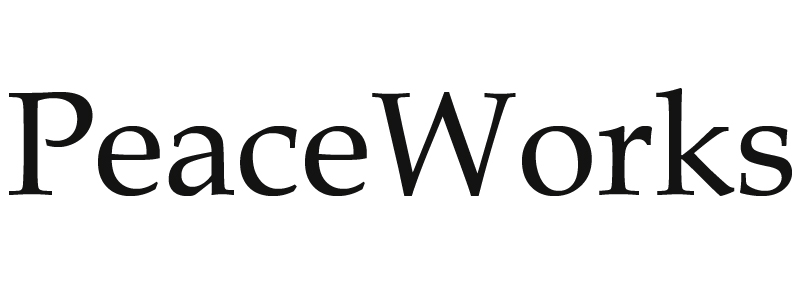We opened this session with a slightly tricky icebreaker: I’d offer the students one word (say ‘food’, or ‘colour’, or ‘religion’ or ‘language’) and they would have to quickly think of and share in brief a biased assumption they have held related to the word. Every three minutes the students were assigned a new word. This quickly turned into a critical personal engagement as students opened up about both, biases they have held, witnessed around them and those held against them on the basis of language, accent, appearance and other markers of identity, and even on biased media representation of African countries.
cccWe had given them a short home assignment where they were to discuss one example of identity based discrimination in Anne’s life drawing from any specific exhibition panel. Thereafter, they had to think about an instance of identity based discrimination from the society at present.
cccThe first group discussed how Anne was forced to stay hidden in the secret annex with no liberty to move around in the world outside and the lengths to which they had to go to keep their hiding place a secret including being unable to flush in the washroom during the day and having to stay absolutely quiet to not arouse suspicion. They further spoke about how under Nazi Germany, Anne’s identity as a Jew overpowered all the other markers of her identity, therefore leading her to being discriminated on her Jewish identity. In thinking about an instance of modern day discrimination they brought up how the LBTQIA community are discriminated against for their gender or sexual orientation. The next group drew from the panel where Anne describes the devastation they experienced when they realized that their own country, Germany, was no longer the safe home that they had once thought to be. In the present context, they discussed how people from the North-East are discriminated against based on their race, ethnicity and language which became particularly intensified during the covid-19 pandemic.
cccThe third group drew upon the panel that highlights the series of anti-Jewish decrees under the Nazi regime—including being forced to wear a yellow star, forbidden to walk the streets freely, and their use of transport severely curtailed among many other measures. They then spoke about the discrimination faced by transgender individuals within Indian society in present times. Following their presentation, we thought about the impact that making Jews wearing the yellow star had on non-Jews, whereby it establish a sense of public fear among the people at large and the othering of Jews specifically. The next group discussed the deeply entrenched racial discrimination that brought severe restrictions on Anne and by extension the lives of the Jews under the Nazi regime. One of the questions that we discussed following the presentations was that if raising our voice and standing up against what is wrong is such an obvious thought, why then is it so difficult to do it in practise when faced with hostile circumstances.
cccIn what seemed to be an organic direction from the assignment discussion, we next screened a clip from Look Who’s Back (30:15 – 36 minutes), a film premised on Hitler waking up in a park in Berlin in the twenty-first century. We then gave the students three questions to reflect on, discuss and come back to us with:
1. What kind of complaints are the people making to Hitler/what changes are they expressing they want?
2. ‘During my absence, democracy had left only a minimal impact on people.’ What impact do you think democracy is supposed to leave on people OR what do you make of this statement?
3. What stigma is the man in the last clip talking about?
cccSome of the points that we explored in the discussion were: biases at the heart of mindsets that remain unchanged despite changes in government or even kinds of states; the Nazi idea of racial purity as shown through the metaphor of the dogs in the film clip; the specific demography of Germans that are interviewed by the two characters in the film clip; possible reasons why the interviewees were confiding in a stranger resembling Hitler about their problems with immigrants; and the use of satire in responding to fascism with art.
-Rajosmita, Ranita.

